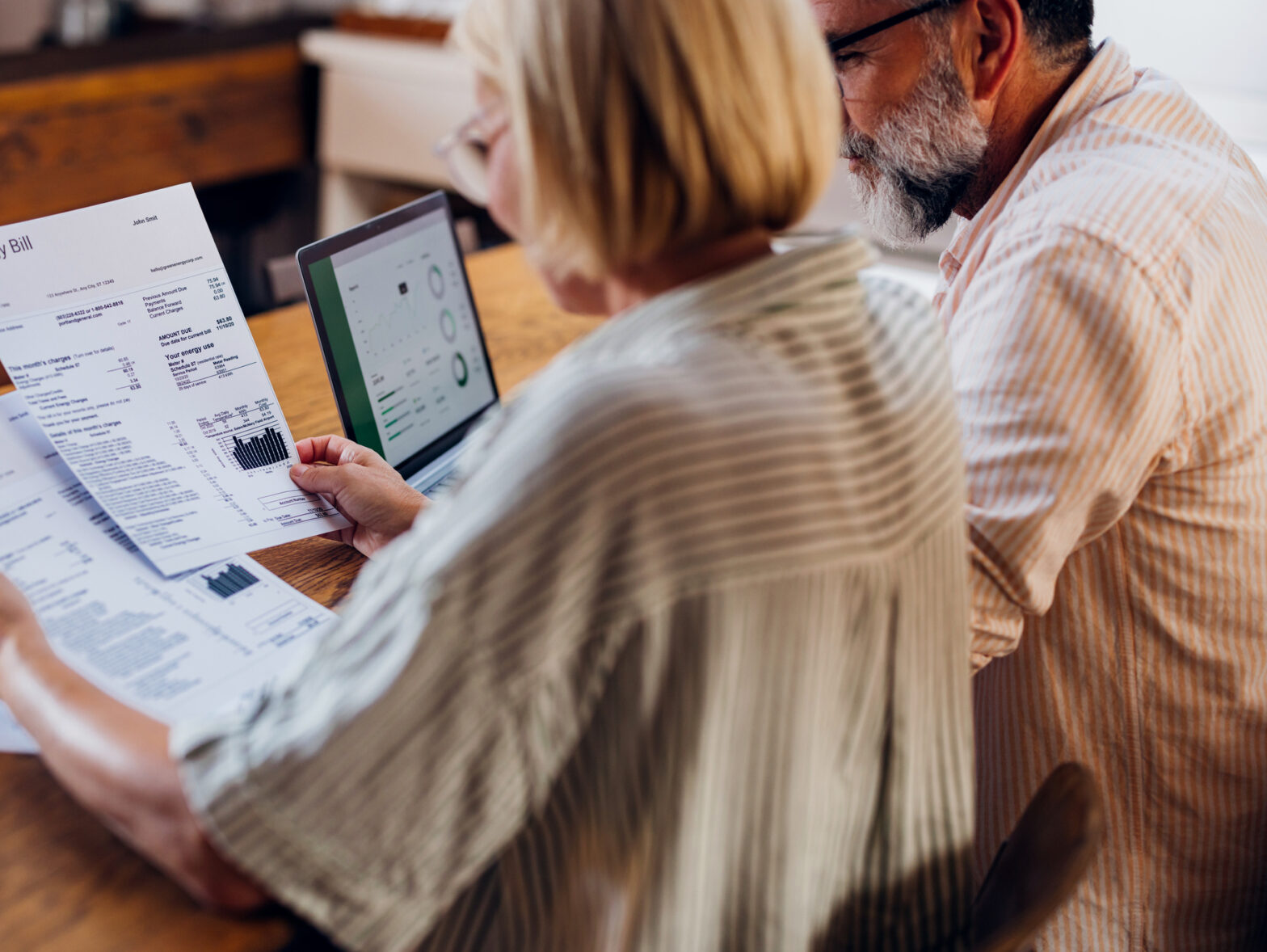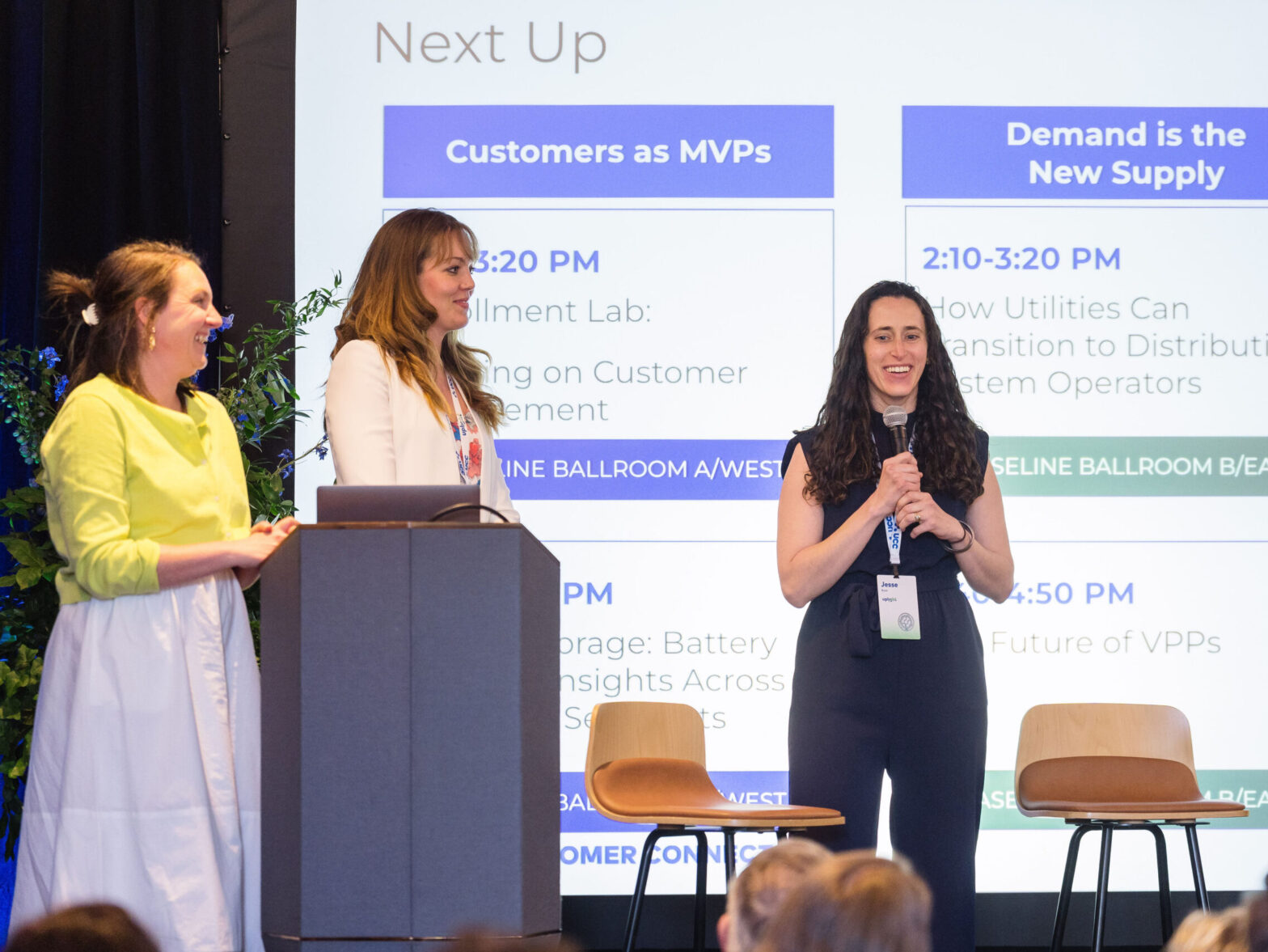As temperatures heat up, many utilities and energy providers are gearing up for the summer demand response season. Whether your utility is kicking off a program for the first time, or getting ready for another tried and true summer, here are five best practices to make your demand response (DR) program a success.
- Start by Thinking Beyond Demand Response
As utilities across the country see more behind-the-meter distributed energy resources (DERs) coming onto their system and a need for greater load flexibility, thinking beyond a traditional DR program design will yield significant value for utilities and their customers. For example, how can the utility provide a one-stop solution for a customer that enrolls them in both a rate and a load flexibility program? This approach is most effective when utilities can think holistically across the customer journey, taking a customer-centric approach from program enrollment to the daily experience as an enrolled customer.
Coupling time-of-use (TOU) rates and automated load optimization is a way to expand beyond a simple demand response framework. An example of this in action is the Sacramento Municipal Utility District (SMUD)’s Critical Peak Pricing (CPP) program called My Energy Optimizer which was piloted last summer with their customers. Through this program, SMUD aims to drive greater load reduction on their grid during peak hours with smart thermostat usage. Customers who enrolled in this CPP rate paid more for their electricity during peak hours in the summer and benefitted from shifting their usage to non-peak hours. Compared to DR program participants, those enrolled in CPP had no snapback and a greater load reduction during DR events. Although these results are only based on the first year of the program, this innovative program design is a great example of coupling rates with automated demand management technology to drive load flexibility outcomes.
- Place the Customer in the Center of Program Design
DR programs that focus first and foremost on the customer and their experience have better enrollment uptake, load performance, and customer retention. Prioritizing customer experience in addition to demand flexibility represents an evolution from how many utilities have designed DR programs in the past. For example, customers no longer need to sit through uncomfortably hot afternoons to participate in utility DR programs. Instead, utilities can partner with DR providers who leverage optimization algorithms tailored to each individual customer to keep customers comfortable during DR events. In 2022, customers who optimized their smart thermostats with Uplight’s proprietary optimization algorithm saw a 1.8x greater load shift compared to native OEM optimization algorithms. This is due to Uplight’s ability to tailor individual customer preferences and adjust preconditioning settings to maximize both comfort and load shift during peak events.
- Make it Easy to Enroll Customers
One of the most important elements of a successful DR program is making it easy for customers to sign up and participate in the program. If customers encounter friction in the enrollment process, they are less likely to complete it. The key to solving this is to provide simple and effective ways for customers to enroll into utility-managed programs. Several important elements to driving greater enrollment into DR programs are:
- Multiple entry channels including easy-to-navigate Bring Your Own Device (BYOD) landing pages and customer pre-enrollment through a utility marketplace via Demand Response Pre-Enrollment (DRPE)
- Clear education about the program including what it’s like during a DR event
- A strong value proposition to the customer so they know “what’s in it for me” – such as an enrollment and ongoing participation incentive
Utilities that have successfully scaled their programs have leveraged multiple channels to capture customers for more than just a single enrollment – but in an easy and effective way that doesn’t put additional burden on the customer. For example, customers purchasing a smart thermostat can pre-enroll their thermostat into a DR program at the point of purchase and only need to install the device to complete their enrollment. Also, in the enrollment process, utilities can offer larger incentive amounts to customers for year-round or dual-season participation compared to those who are only eligible for summer or winter participation.
- Evaluate the Frequency of DR Events
Are your DR events too frequent? Are they burning customers out? Now more than ever, DR utility program managers are faced with the opportunity and challenge of leveraging DR as a resource during significant weather events. Whether that’s multi-state heat waves as seen last September or winter gas spikes leading to the need for greater DR, it can be challenging to know how the frequency of DR events can impact customers until it’s too late.
Our analysis at Uplight across a suite of DR programs has shown that thermostat customers, for example, are more prone to opt-out and un-enrollments from the program after multiple events are called per week. The solution is a multi-prong approach that differs by utility and tailors the nuanced levers of program design, incentive structure, and customer-centric optimization to provide the best outcome for both customers and the utility program.
- Incorporate Continuous Improvement via Evaluation & Discovery
Finally, incorporating continuous evaluation and discovery into your DR program is a key best practice to ensure that your programs evolve with your customer and utility needs over time. Ideally, evaluation of the program should be done on a pre-and post-season basis, as well as during the program’s seasonal periods. Although evaluations will vary by program, it is important to incorporate both programmatic and direct customer feedback into these analyses.
In addition to leveraging cross-utility experience from your providers like Uplight, we recommend leveraging industry partner research and collaboration to ensure that your program is keeping up with evolving best practices. Uplight’s contribution to the most recent SEPA Electric Vehicle (EV) Managed Charging report is an example of how the industry is collaborating to look at best practices for newer customer technologies.




